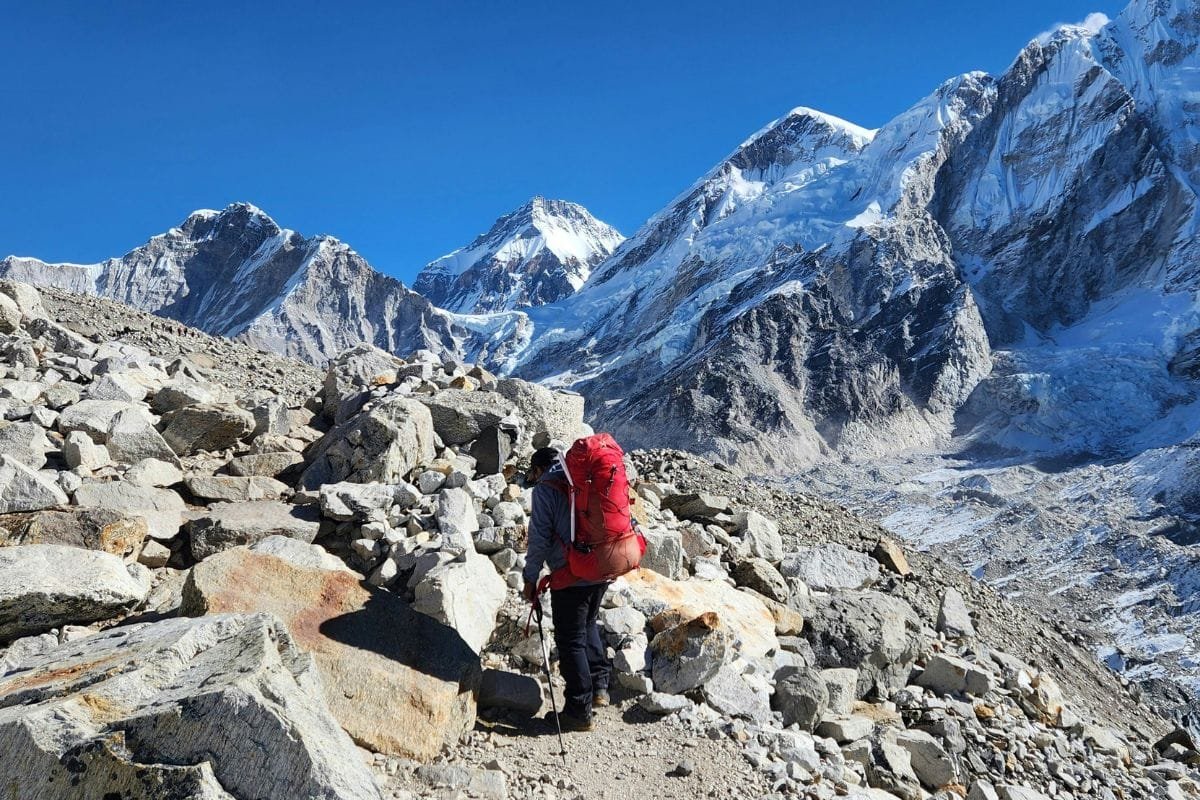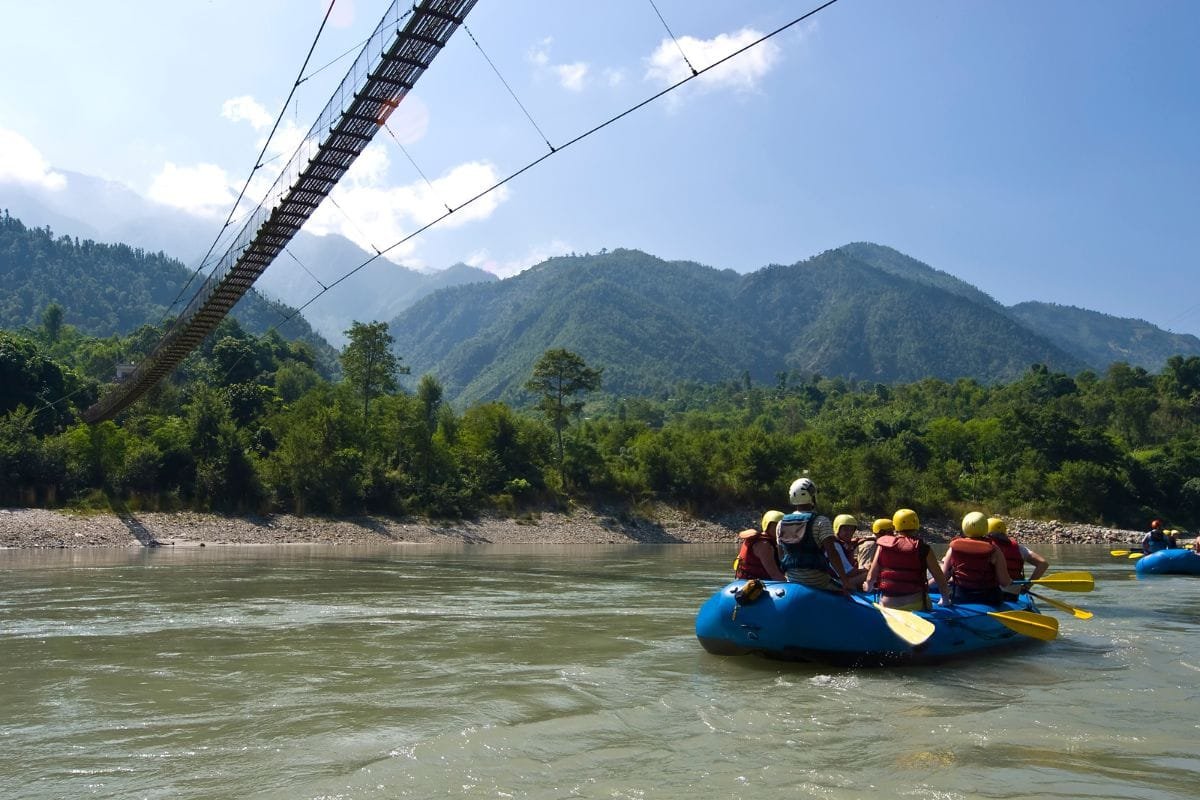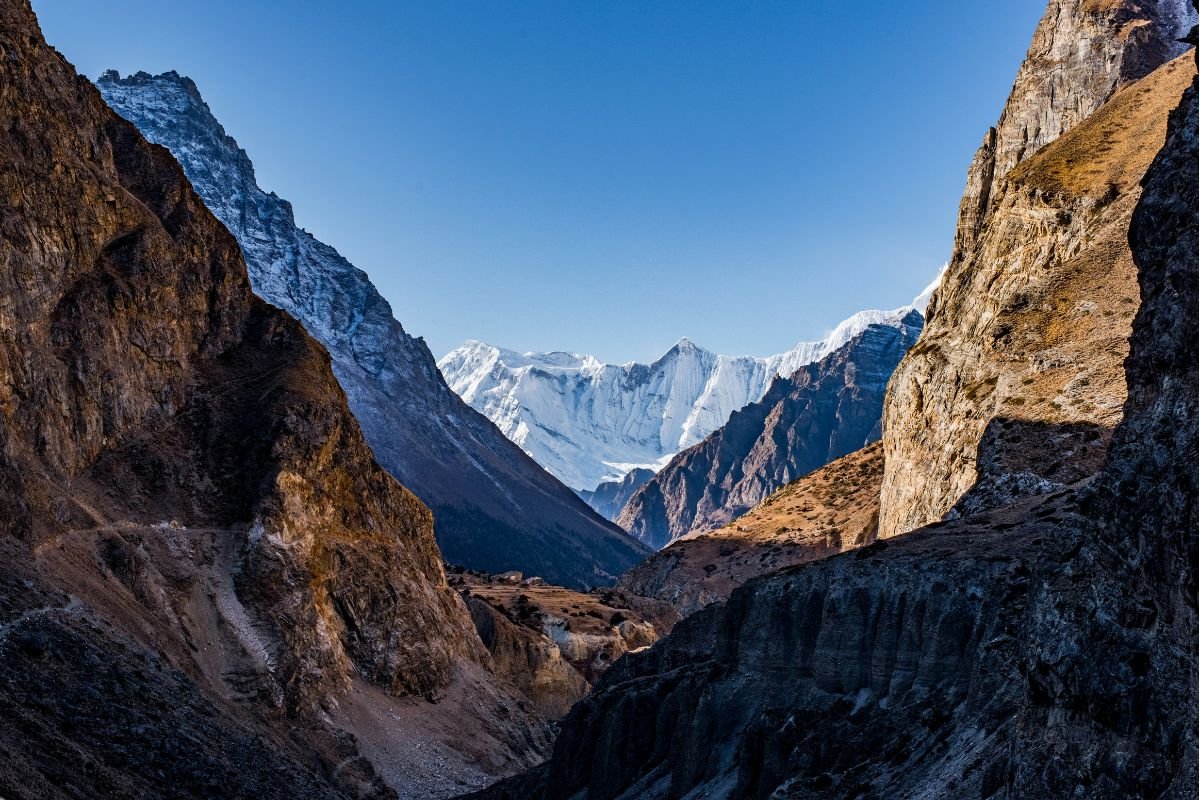Nepal, nestled between the towering Himalayas and the lush plains of South Asia, is a country that captivates every kind of traveler. Known as the home of Mount Everest, the world’s highest peak, Nepal is a paradise for adventure seekers, offering some of the most iconic trekking routes on the planet. Beyond its mountains, the country boasts a rich cultural and spiritual heritage, with ancient temples, monasteries, and UNESCO World Heritage Sites in abundance. Nepal is also the birthplace of Lord Buddha, making it a sacred destination for Buddhists and spiritual travelers worldwide.
For nature enthusiasts, Nepal offers diverse landscapes, ranging from the dense jungles of Chitwan and Bardia, where rare wildlife like Bengal tigers and one-horned rhinos roam, to serene hill stations with panoramic mountain views. Food lovers can indulge in a unique culinary experience, tasting traditional dishes like Dal Bhat, Newari cuisine or delicious Momo. Even urban explorers will find joy in the bustling streets of Kathmandu and Pokhara, where vibrant markets and lakeside cafés meet centuries-old architecture and traditions.
However, Nepal is not just a feast for the eyes and soul—it’s also a place that challenges and rewards its visitors in equal measure. Whether you’re trekking to high altitudes, navigating chaotic city streets, or immersing yourself in local customs, understanding a few essentials before traveling can make your journey truly unforgettable. In this guide, we’ll cover all you need to know before embarking on your adventure to this land of mountains, monasteries, and magic.
1. Best Time to Visit Nepal
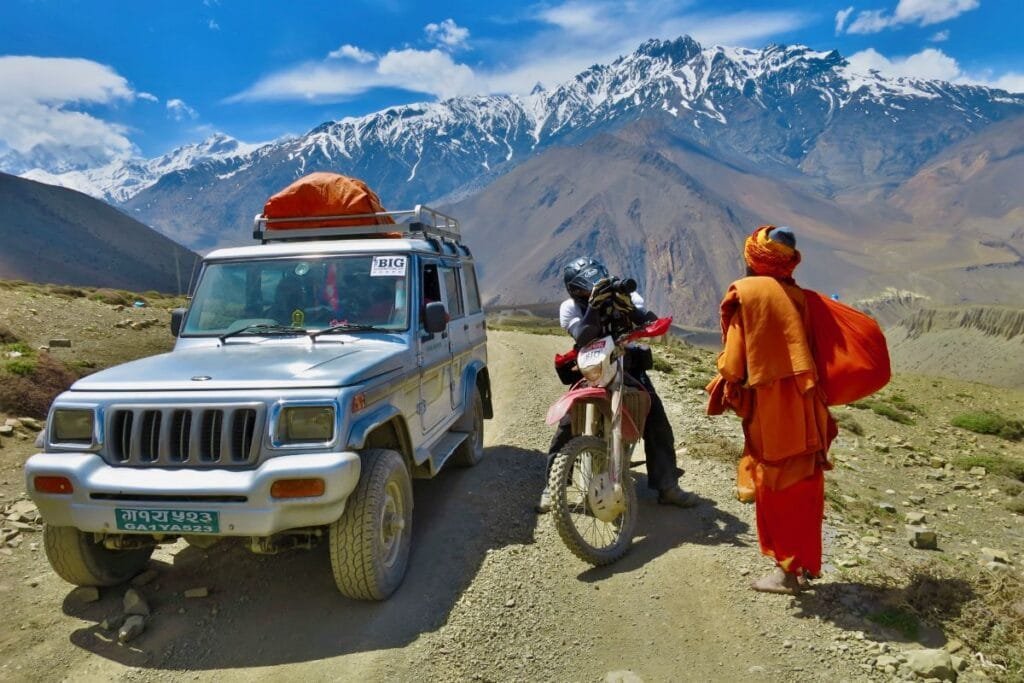
The timing of your visit plays a vital role in shaping your Nepal experience. The spring season (March to May) is ideal for trekkers and nature enthusiasts as the trails come alive with blooming rhododendrons and clear skies. The autumn season (September to November) is equally popular, offering stable weather conditions and unparalleled mountain views. These two seasons are considered the peak travel periods in Nepal.
If you prefer fewer crowds and don’t mind the cold, winter (December to February) can be an excellent choice. While the lowlands remain relatively mild, temperatures in the Himalayas can dip below -10°C, so proper preparation is crucial. On the other hand, monsoon season (June to August) is best suited for those seeking a lush green environment, although heavy rains can make trekking challenging and restrict mountain visibility. Each season has its unique appeal, but understanding the weather conditions beforehand can help you plan your activities better.
2. Visa and Entry Requirements
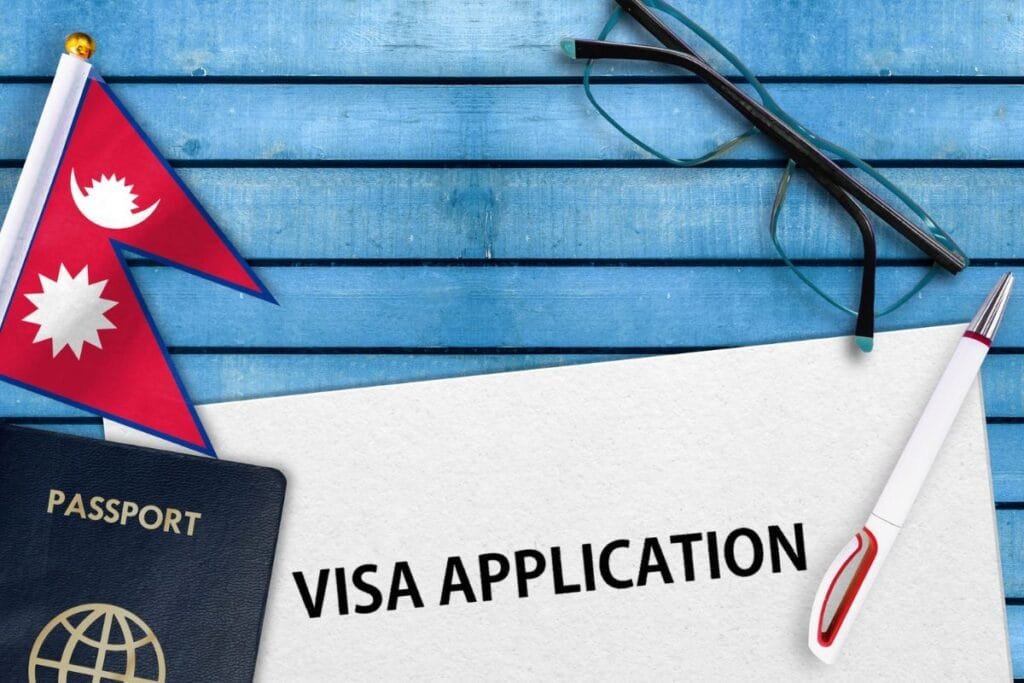
Nepal offers convenient visa options for international travelers. Most nationalities can obtain a tourist visa upon arrival at Tribhuvan International Airport in Kathmandu or at designated land border points. You can opt for a 15-day, 30-day, or 90-day visa, depending on your travel plans. Ensure you carry a valid passport with at least six months of validity, passport-sized photos, and sufficient cash in US dollars for the visa fee. Alternatively, you can apply for an e-visa online before arriving in Nepal.
It’s worth noting that travelers from India don’t need a visa to enter Nepal. If you’re planning to trek in conservation areas or restricted regions, additional permits, such as the TIMS (Trekkers’ Information Management System) card and Annapurna Conservation Area Permit (ACAP), are required.
3. Health and Safety Precautions
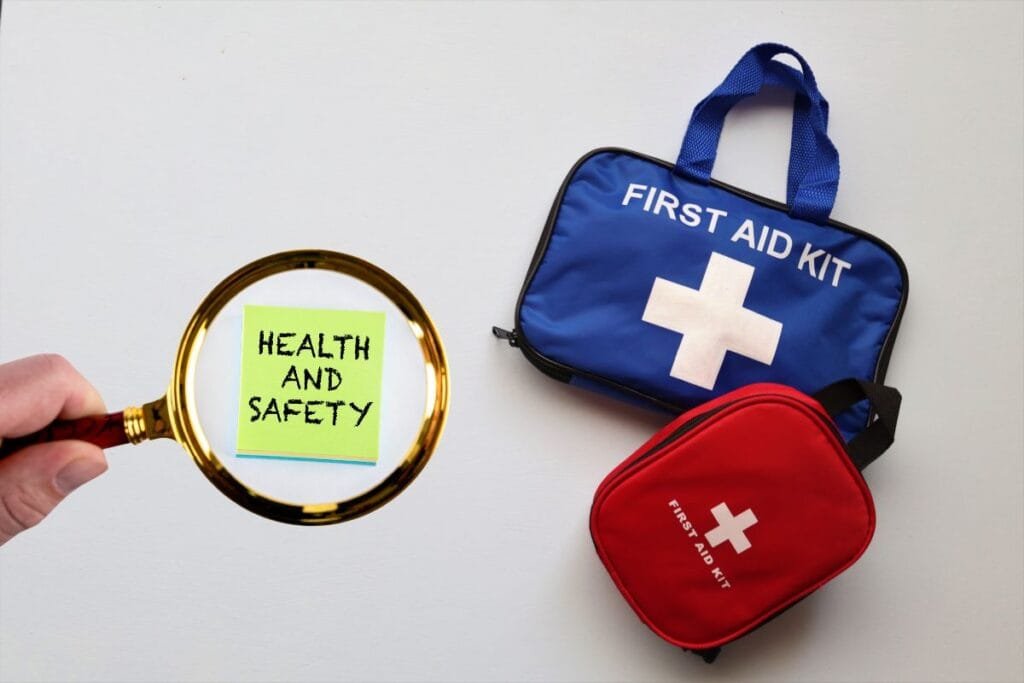
Nepal is generally a safe destination, but like any international trip, taking health and safety precautions is essential. Altitude sickness is a common concern for those venturing into higher altitudes. To prevent it, acclimatize gradually, stay hydrated, and avoid ascending too quickly. Carrying altitude sickness medication is advisable for emergencies.
Make sure to consult your doctor about vaccinations before traveling. Additionally, drink only bottled or purified water to avoid waterborne illnesses and carry a basic first aid kit for any minor injuries or ailments.
4. Currency and Expenses
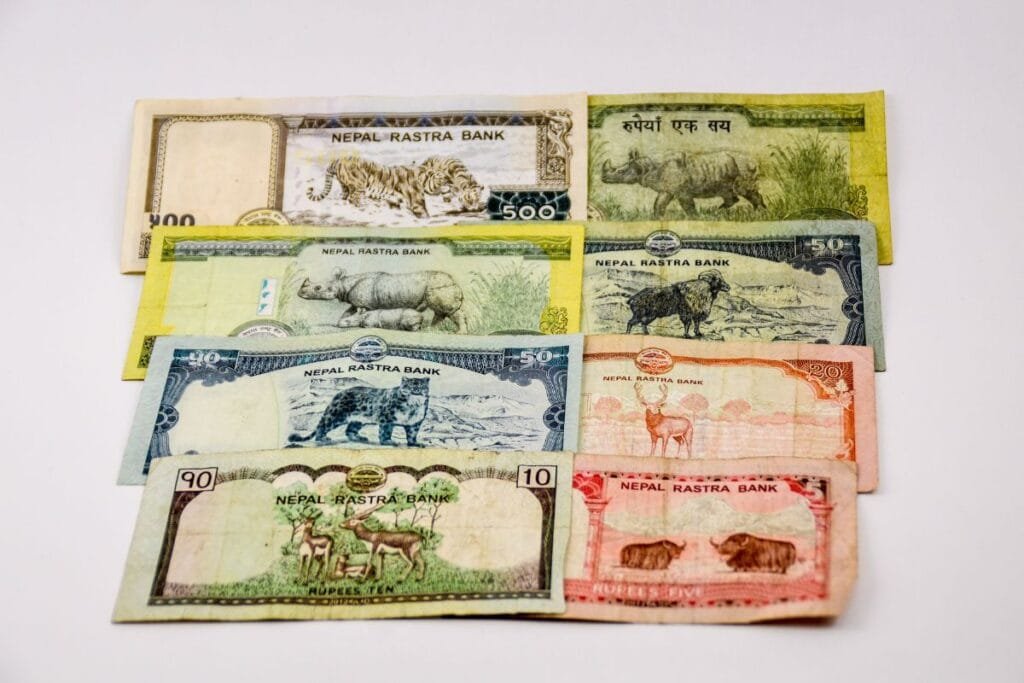
Nepal’s currency is the Nepalese Rupee (NPR), and managing your finances efficiently will ensure a smoother trip. ATMs are readily available in major cities like Kathmandu and Pokhara, but they might be scarce in rural or remote areas. Always carry some cash, particularly in smaller denominations, as rural tea houses and shops may not accept credit cards.
Currency exchange counters are widely available at the airport and in city centers but compare rates to get the best value. Nepal is a budget-friendly destination, but costs can vary depending on your preferences. Trekking in remote regions and staying in higher-end accommodations will cost more, while budget-friendly options are widely available in urban areas.
5. Cultural Etiquette and Local Customs
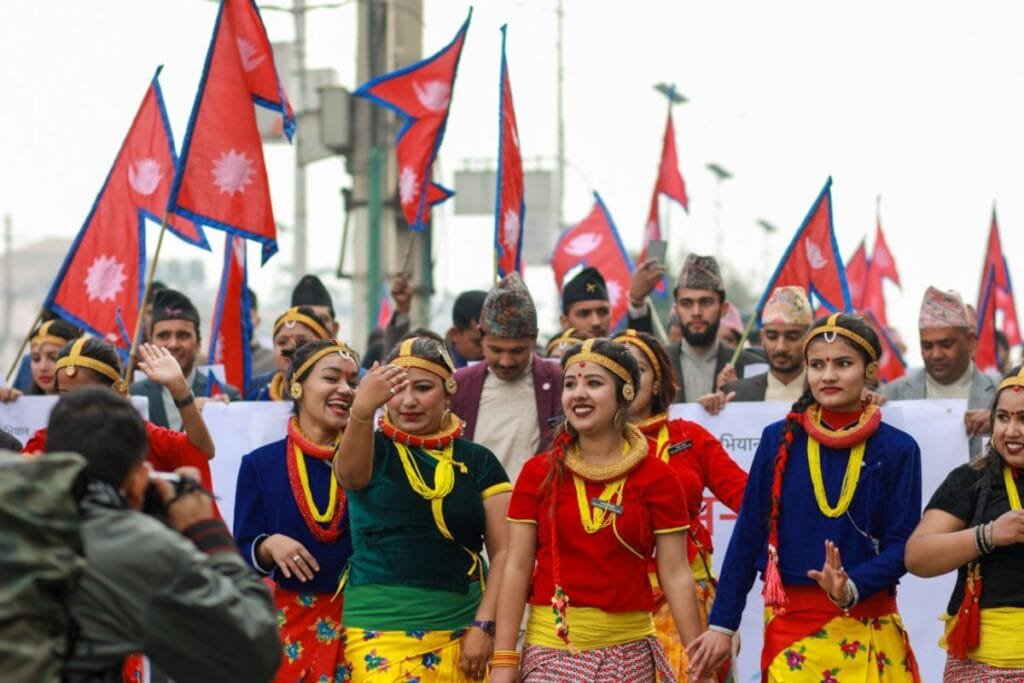
Nepal is a deeply spiritual and culturally rich country and respecting local customs will go a long way in enhancing your travel experience. When greeting locals, use the traditional “Namaste,” accompanied by a slight bow with your palms together.
Dress modestly, particularly when visiting temples or monasteries. Avoid wearing revealing clothing in rural areas and religious sites. Always remove your shoes before entering temples, homes, or sacred spaces. When taking photographs of people, ask for permission, as some individuals may feel uncomfortable being photographed.
6. Transportation and Travel Logistics in Nepal
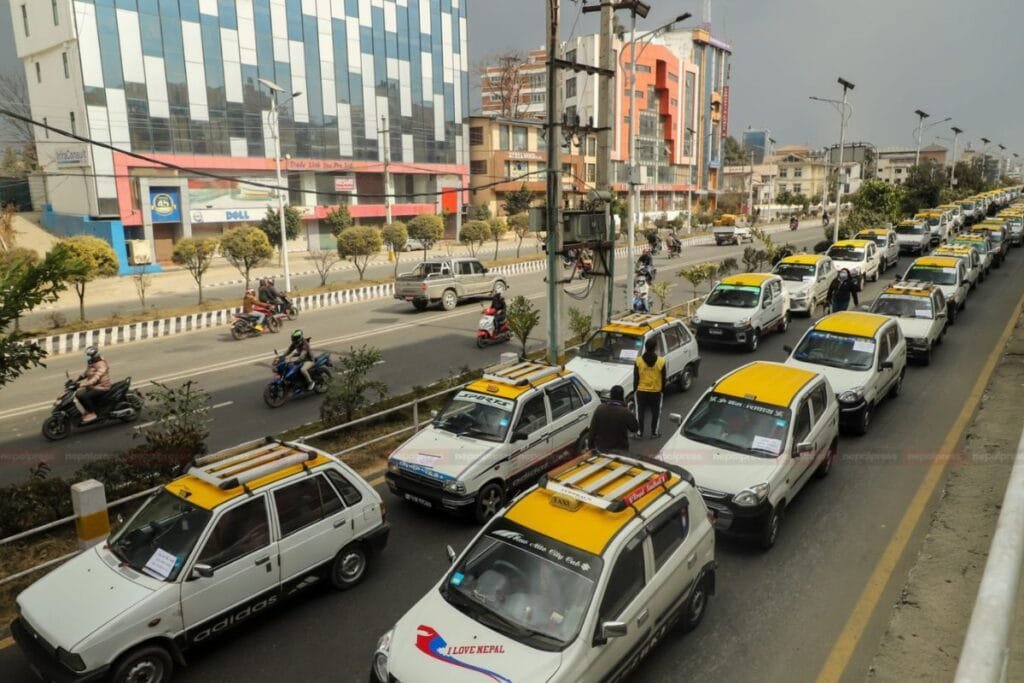
Navigating Nepal offers a mix of experiences suited to its diverse landscapes. In cities like Kathmandu and Pokhara, taxis and ride-sharing apps are convenient for getting around, while tourist buses and private vehicles are popular for intercity travel. Domestic flights provide quick access to remote regions like Lukla or Jomsom but are weather-dependent. For trekking areas, jeeps and buses are commonly used to reach trailheads, with rugged terrain adding to the adventure. Booking transport in advance during peak seasons, traveling light, and allowing flexibility for weather-related delays will ensure a smoother journey.
7. Trekking and Adventure Activities
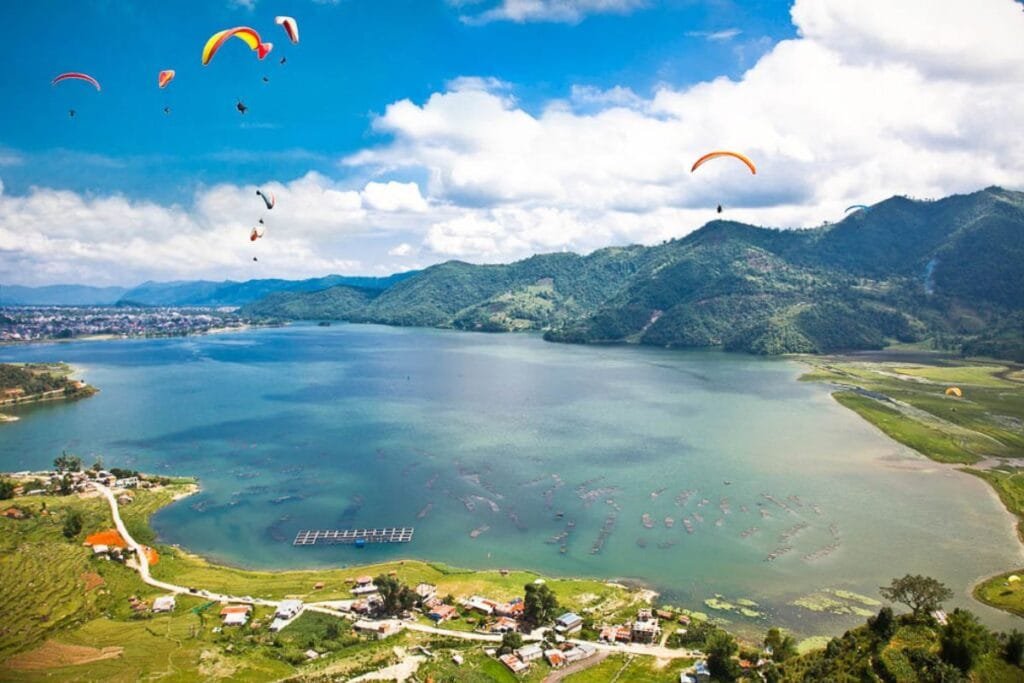
Nepal is world-renowned for its trekking routes, and whether you’re heading to Everest Base Camp, Annapurna, or the less-trodden trails of Langtang or Mardi Himal, preparation is key. Ensure you have the necessary permits, proper trekking gear, and enough time for acclimatization. Hiring a licensed guide and porter can significantly enhance your trekking experience, especially if it’s your first time.
For non-trekkers, Nepal offers plenty of other activities, including jungle safaris in Chitwan, paragliding in Pokhara, and cultural tours in Kathmandu. Adventure enthusiasts can also indulge in rafting, bungee jumping, and mountain flights to witness the Himalayas up close.
Q: Is Nepal safe for solo travelers?
A: Yes, Nepal is generally safe for solo travelers, and you’ll often meet other travelers on popular trekking routes. However, it’s always good to remain cautious, especially in remote areas.
Q: Do I need travel insurance?
A: Yes, travel insurance is highly recommended, especially if you plan on trekking or engaging in adventure activities. Ensure your policy covers altitude-related emergencies and helicopter evacuations if necessary.
Q: What is the food like in Nepal?
A: Nepalese cuisine is simple yet flavorful. Staples like dal bhat (lentil soup and rice) are nutritious and popular. You’ll also find momos (dumplings), thukpa (noodle soup), Newar cuisine and plenty of vegetarian options. International cuisines are widely available in tourist areas.
Q: What should I pack for Nepal?
A: Pack according to the season and your planned activities. Essentials include comfortable trekking boots, layered clothing, a warm jacket, a sleeping bag, sunscreen, and a reusable water bottle with a filter.
Q: What are the key documents required for entry?
A: A valid passport, a tourist visa, and permits for trekking (if applicable) are essential. Always carry copies of your documents as a backup.
Conclusion
Nepal is a land of unmatched beauty and warm hospitality. From towering Himalayan peaks to centuries-old cultural traditions, every corner of this country holds a unique story. By preparing adequately and respecting local customs, you’ll ensure a rewarding and memorable trip. Whether you’re trekking in the mountains, exploring Kathmandu’s ancient heritage, or relaxing by Pokhara’s serene lakes, Nepal will leave you with experiences that last a lifetime.
